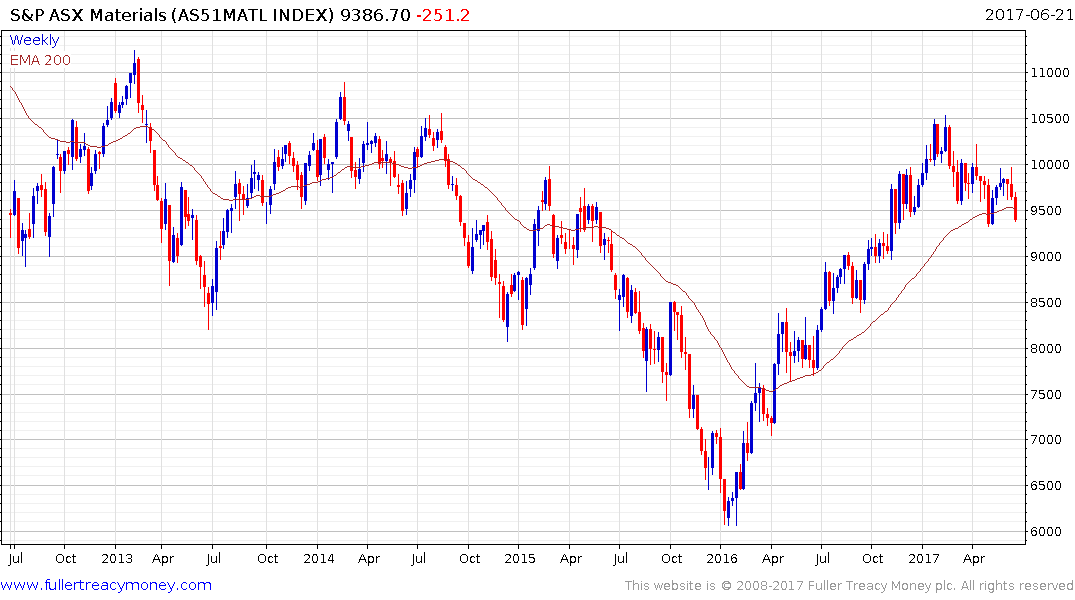Aussie Banks Seen Set to Dodge Debt Cost Pain After Moody's
This article by Ruth Liew for Bloomberg may be of interest to subscribers. Here is a section:
Surging home prices in cities like Sydney along with rising household debt and sluggish wage growth pose a threat to lenders, according to Moody’s. But the four banks likely won’t have to pay more to issue debt for now, as they remain in the “rare company” of lenders around the world that hold AA level ratings, said Vivek Prabhu, Sydney-based head of fixed income at Perpetual Ltd.
“Any further downgrade would take them into the A rating band and could lead to a more meaningful increase in the cost of wholesale debt funding if this were to occur,” he said.
Australian banks are lenders to some of the most indebted people on the planet. The combination of eye-watering house prices and anemic wage growth has pushed the ratio of household debt to disposable income to 189 percent -- one of the highest levels globally. Every basis point paid to borrow counts for the lenders, who source about two-thirds of their funding from deposits and the rest from debt markets from Australia to the U.S.
Australians piling on mortgage debt has been a key concern of Moody’s, Frank Mirenzi, a senior analyst, told Bloomberg TV Tuesday. “We just don’t know how these mortgages will perform during a real downturn,” he said.
While being a net exporter of gas is certainly preferable to being an importer. However the reality is that when the fundraising for developing Australia’s gas supplies was done it was estimated prices would be significantly higher than they are right now. Meanwhile iron-ore and coal prices are in a funk
Since these three commodities account for the majority of Australia’s mineral exports it shifts the onus for growth onto the domestic economy. The Financials and Materials indices represent a companied 52.5% of the S&P/ASX 200 Index.

The Financials Index has pulled back rather sharply since failing to surmount the 700 level in April. It pulled back again this week on the downgrade of the banks by Moody’s; failing in the region of the trend mean. A clear upward dynamic will be required to check potential for a further test of underlying trading.

The Materials Index held a progression of higher reaction lows for all of last year but has been pulling back this year and dropped back below the trend mean again today. A bounce similar to that posted last month will be required to confirm support in this area.

There have been some clear outperformers in the Australian market. For example Qantas has gone up in a straight line for most of this year not least because of reasonably low oil prices, but it is looking increasingly susceptible to some consolidation.

In the healthcare sector Cochlear and CSL have been among the better performers but are also looking increasingly overextended in the short term.

Meanwhile Resmed broke of a more than yearlong range this week to reassert medium-term demand dominance.


